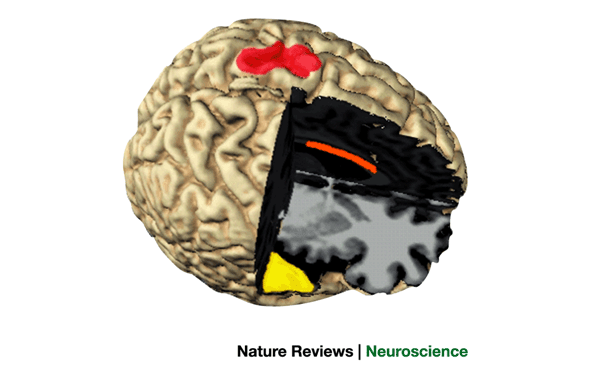Gaser and Schlaug (2003)
From Psy3242
Contents |
Introduction
In Christian Gaser and Gottfried Schlaug's titled article "Brain Structures Differ between Musicians and Non-Musicians", the difference between the brain structures of musicians and non-musicians were studied. Musicians are different from non-musicians because they acquire many different skills such as motor and auditory skills that allow them to simultaneously read, hear, and produce music. In order to be skilled in playing an instrument, one must take time to practice to master certain techniques. Gaser and Schlaug found gray matter difference in three groups of people that they studied (professional musicians, amateur musicians, and non-musicians). They hope to find evidence to support their hypothesis that long-term skill acquisition and repetitive rehearsal of music skills cause structural adaptations in the brain.
Method
In this study, right-handed, male, keyboard players were studied. There were 80 participants. 20 participants were professional musicians (worked full-time as a music teacher or a conservatory student and practiced 1+ hours a day), 20 were amateurs (played a musical instrument regularly, but music is not considered a career), and 40 were non-musicians(never played a musical instrument). All the participants were within the age range of 18-40 years of age. These individuals were matched on age and their verbal IQ scores.
Procedure
High-resolution anatomical images of the whole brain were taken for each participant. The images were analyzed using VBM, which allowed for computational analysis for differences in gray matter volume in the brain. All the brain images were normalized, removing differences in size and shape. The gray and white matter was distinguished within the images. The volume of gray and white matter was calculated across the entire brain. The normalized brain images were averaged for non-musicians. Similar steps were used for the other groups. Then the groups were compared to each other. Calculations were done to find correlation between musician status on three levels.
Results
The results show a positive correlation between the status of the musicians and the volume of gray matter (density of neurons) in certain brain areas. The volume in the sensorimotor cortex, auditory, and visuospatial regions of the cortex showed to be larger in professional keyboard players than amateur keyboard players and the nonmusicians and larger in the amateur keyboard players than the nonmusicians. The study also found no areas of the brain had exhibited decreased gray matter with increase in musicality of the participant.
Discussion
The authors discuss plasticity as a contributing factor to the increase in grey matter in the musicians. Musical training could contribute to the structural changes in the brain. Motor areas change with specialization and practice of small movements with the hands and fingers when playing music. Similarly changes in the cerebellum could be contributed to cognitive skill learning. This is similar across the areas that were found to be increased in gray matter in the musicians. The functions of those brain areas were used often in musicians as they practiced their skills. Thus, more matter was used for those brain areas. The authors recognize that neural plasticity in humans may lead to use-dependent regional growth and structural adaptation in gray matter as a response to strong environmental demands during brain maturation. Since musicians repeatedly use brain areas to play their instruments they may exhibit use-dependent structural changes in their brains.
There are many factors that plays into the results found in Gaser and Schlaug's study. In addition to plasticity, the age in which the musicians started to play the keyboard affects the brain areas. This is because more grey matter is able to be produced at an earlier age. It is easier for neurons to specialize in the brain areas that are devoted to visual, auditory, and motor actions. The duration of practice time also affected the amount of grey matter produced. The more practice time used each day by the musicians had an impact on the volume of grey matter in each participant. White matter was strengthened by the years of practicing.
The setbacks in this study include studying only male, right-handed, keyboard players. It is possible that results would vary if it were to include, females, left-handed players, and musicians other than keyboard.
Some of the issues that rise from this study ask whether this extra grey matter found in musicians actually plasticity. Another issue is that inborn differences in the brain may contribute to the differences in brain matter. Perhaps the plasticity found in this study is simply due to the plasticity done during the musicians' early years of playing music.
Image of Musician Brain
Some of the brain areas that have been found to be enlarged in musicians in morphometric studies based on structural magnetic resonance imaging. Red, primary motor cortex; yellow, planum temporale; orange, anterior part of the corpus callosum.

